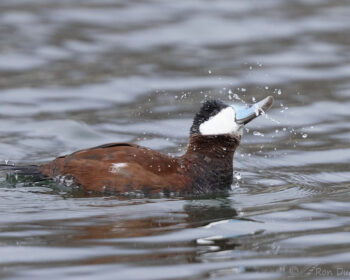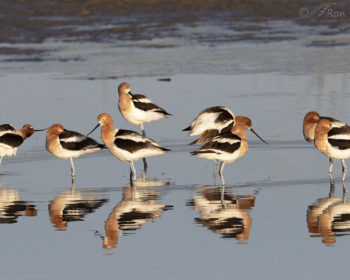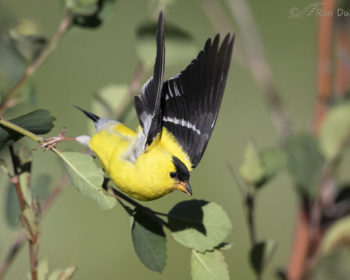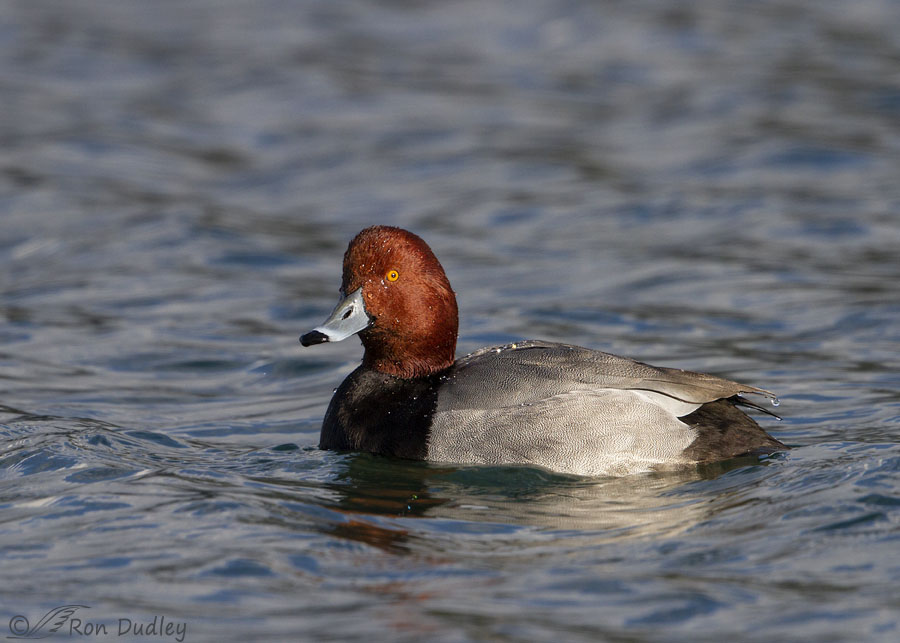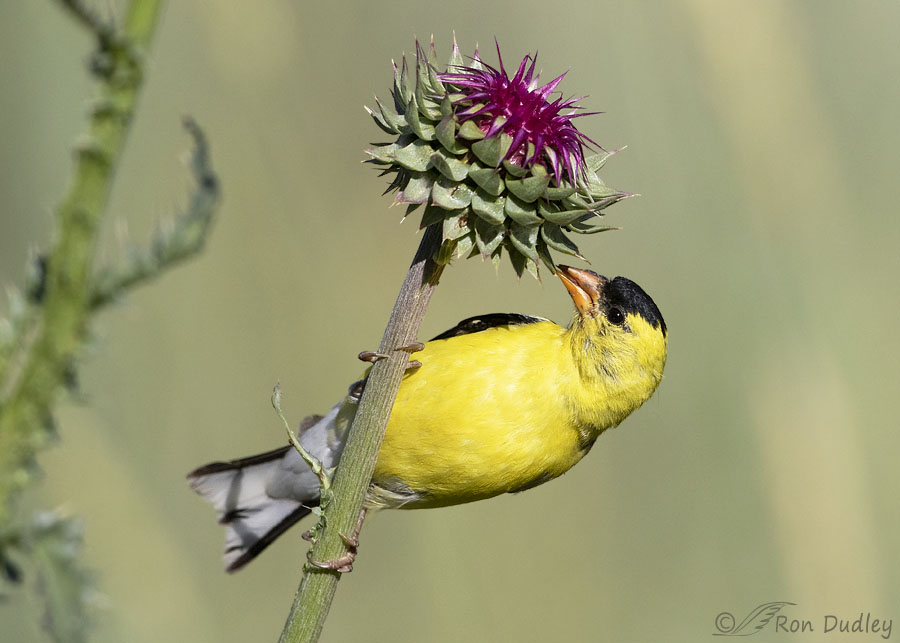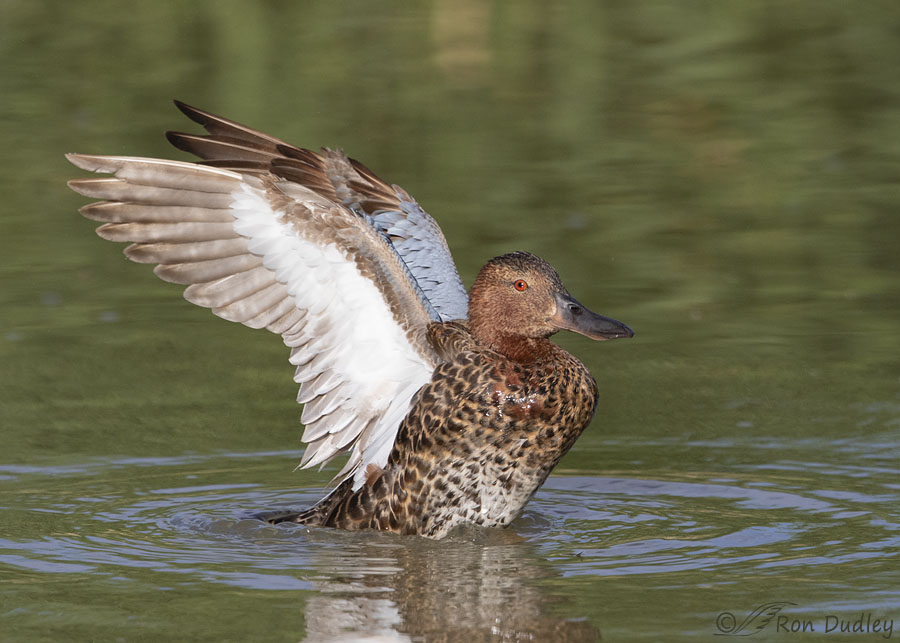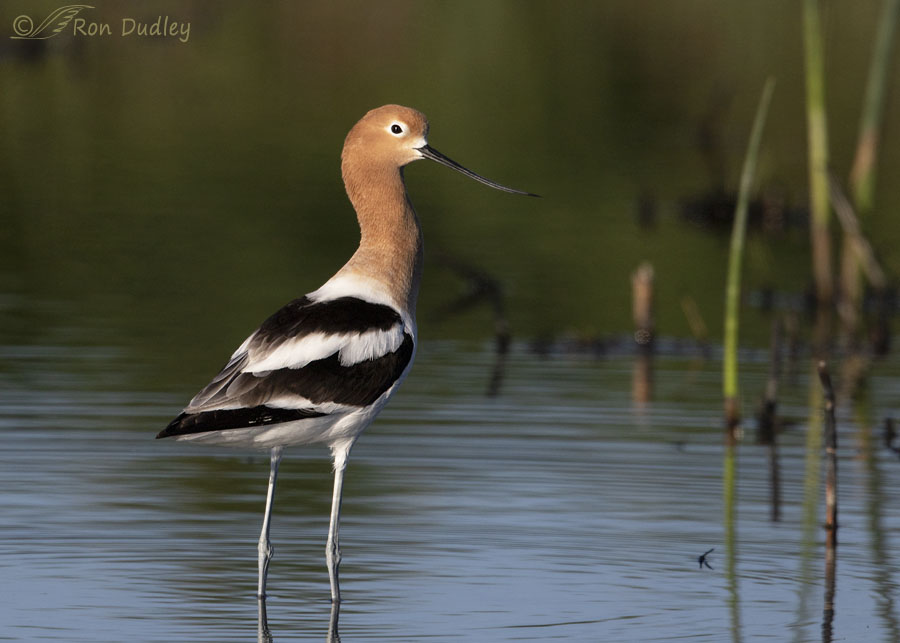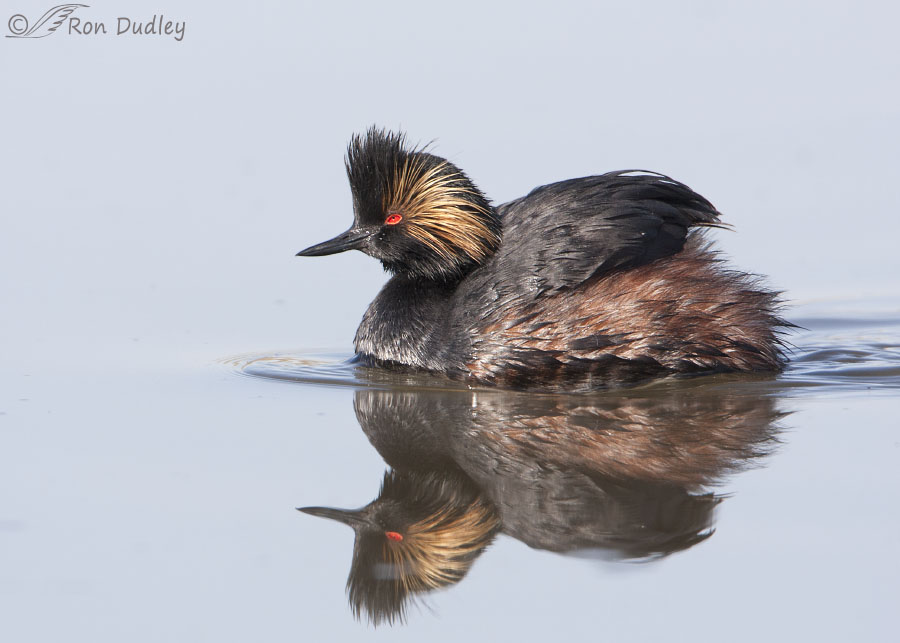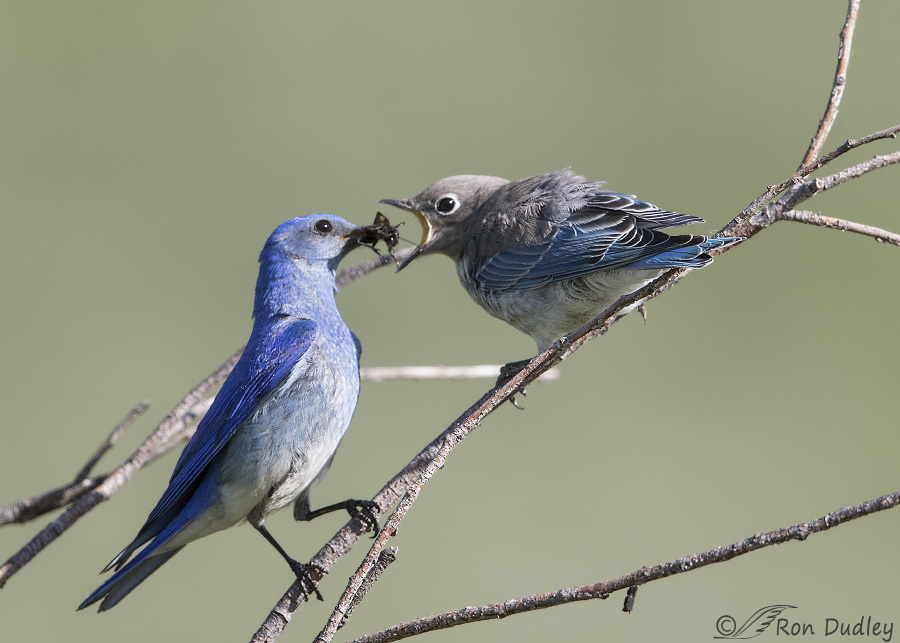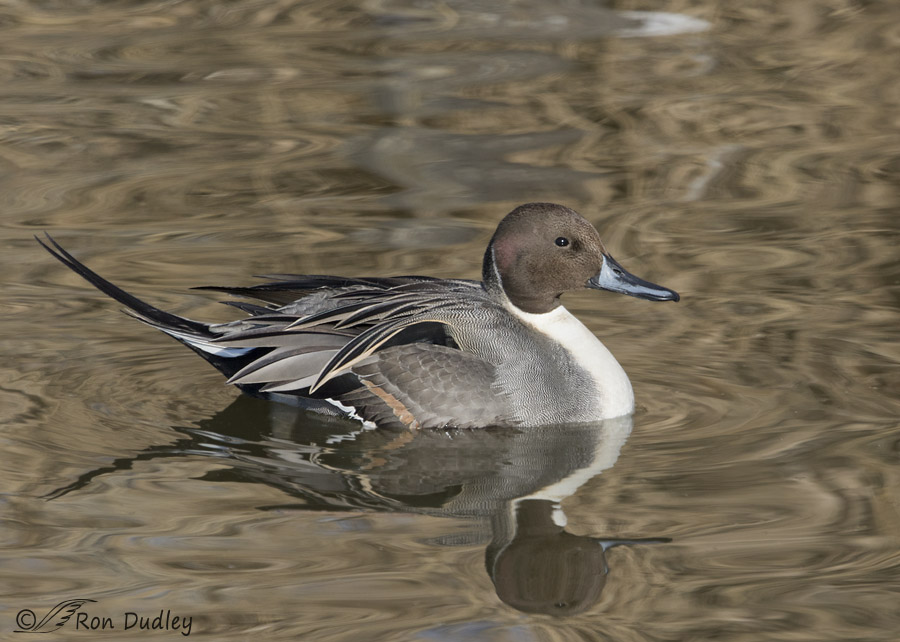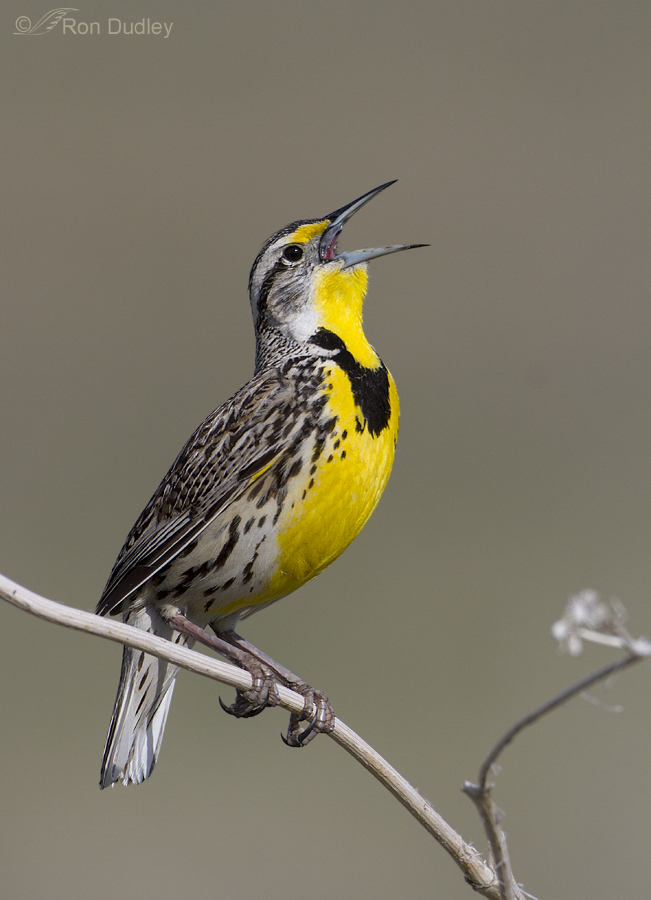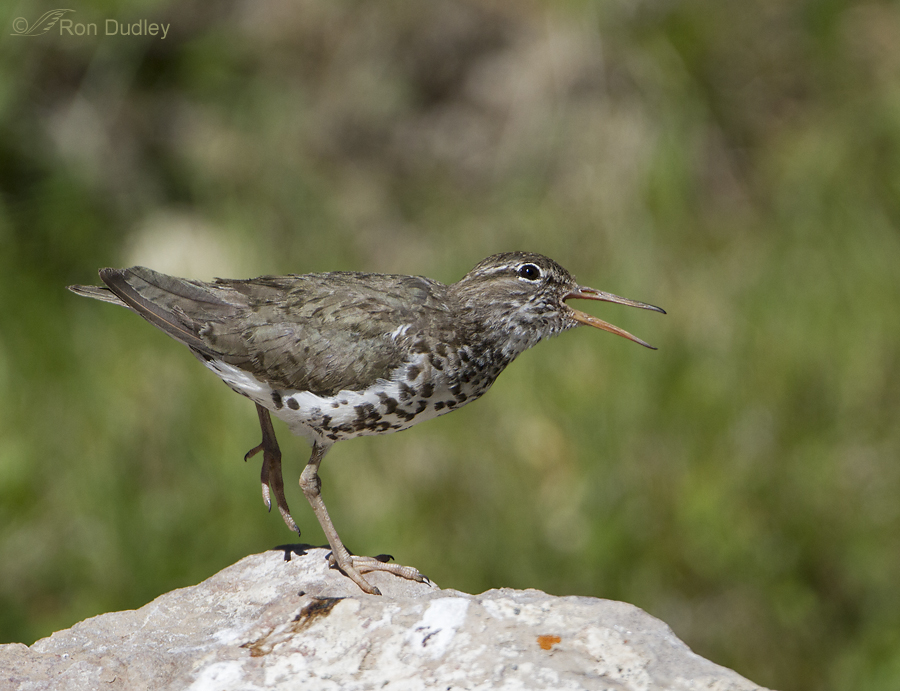Tag: breeding plumage
My First Of Year American Avocets
Male American Goldfinch – A Flash Of Gold Leaving His Perch
Redhead After The Storm
American Goldfinch on Musk Thistle
Some Seasonal Plumage Changes In Male Cinnamon Teals
American Avocet – An American Beauty When In Breeding Plumage
Eared Grebe Swimming On A Mirror
Male Mountain Bluebird Feeding A Hungry Fledgling
Male Pintail – One Handsome Duck Dude
Comparing Adult and Juvenile Meadowlarks – Plus A Bit Of A Laugh
Spotted Sandpiper
Anticipating An American Avocet Behavior
Anticipating behaviors is often crucial for nature photographers and that’s particularly true when your subject is a lightning-fast bird. Most of us don’t need any more images where the wings have been cut off in the frame or the bird is soft due to lack of shutter speed or poor focus tracking of the bird at take-off. The American Avocet in breeding plumage is an especially lovely subject with its long recurved bill, bluish legs, cinnamon head and neck and the black and white chevron pattern on its back. But you don’t see many quality flight or take-off images of the species, partially because their flight tendencies are fast and erratic. Like many birds, avocets routinely perform single wing and leg stretches. These stretches occur when the bird is at rest and at ease. They stretch like this in the water… and on land. But this single-wing/leg stretch is not an indicator of nervousness or a precursor of take-off. Neither of the birds in these two images did so immediately after the stretch. 1/1000, f/8, ISO 500, 500 f/4, 1.4 tc, natural light, a sliver of canvas added for composition But when you see this two-winged wing stretch, expect imminent take-off. A few seconds later this bird did just that but it took off away from me and I deleted the images. Another two-wing stretch. And almost immediately after the wings came down… the bird took off. It’s not a good shot because of the angle of take-off but it illustrates my point. Here’s what Birds…
The Incredibly Long-legged Black-necked Stilt
The Black-necked Stilt is one of the more easily recognized birds in North America. With its shiny black wings and back opposed by the whites of the breast and underparts and its long, bright red legs it is unlikely to be confused with any other species within its range. 1/1000, f/11, ISO 400, 500 f/4, 1.4 tc, natural light But in my experience most observers are unfamiliar with the differences between males and females. Though the sexes are similar it’s relatively easy to tell them apart when they’re in breeding plumage. The back and scapulars of the male are a solid, shiny black while the female has a noticeable brown tone in those areas. The legs of the female are also shorter than those of the male. 1/1250, f/8, ISO 400, 500 f/4, 1.4 tc, natural light The iris of both sexes is red though it is more brightly colored in the male. Here the pupil is dilated to a relatively large size so the colored iris doesn’t take up much of the eye. I’ve found that in photos it can be difficult to get the eye color to show so it often appears solid black. 1/2000, f/6.3, ISO 400, 500 f/4, 1.4 tc, natural light But perhaps the most unique feature of the Black-necked Stilt is those incredibly long, ruby-red legs. Their legs are longer in proportion to their bodies than any other bird except flamingos, accounting for one of their common names – daddy longlegs. Stilts have partially webbed feet…
Harlequin Ducks Along Antelope Island Causeway Have Apparently Been Killed
As many of you are aware there have been three Harlequin Ducks along the Antelope Island causeway for many weeks now – two females and one male. These ducks are extremely rare in Utah as there’s only been a handful of sightings of the species in our state over the years. These three ducks have been enjoyed by bird lovers and others at the first bridge on the causeway for about six weeks this early winter. They were quite approachable by people and were a delight to observe and photograph. According to reports, all three ducks are now dead – “harvested” by hunters. Here’s a link to a very enlightening (in more ways than one) discussion of the reported incident on a hunting forum. Killing these rare ducks along the causeway is apparently perfectly legal. Whether or not it is ethical is very much open to question – including by many in the hunting community. Harlequin Duck. Photo taken on 10/30/11 at first bridge along causeway Female Harlequin Duck – photo taken on 11/17/2011 at first bridge along causeway Male Harlequin Duck coming into breeding plumage – photo taken on 11/17/2011 at first bridge along causeway Though I’m not a hunter I’ve been an avid supporter of hunting for many years – including extolling the positive effects the practice has had on wildlife populations to my high school zoology and biology classes for 33 years. Should it turn out that the person reporting the killings of these ducks has been less than truthful and the birds turn up again in the future I…


